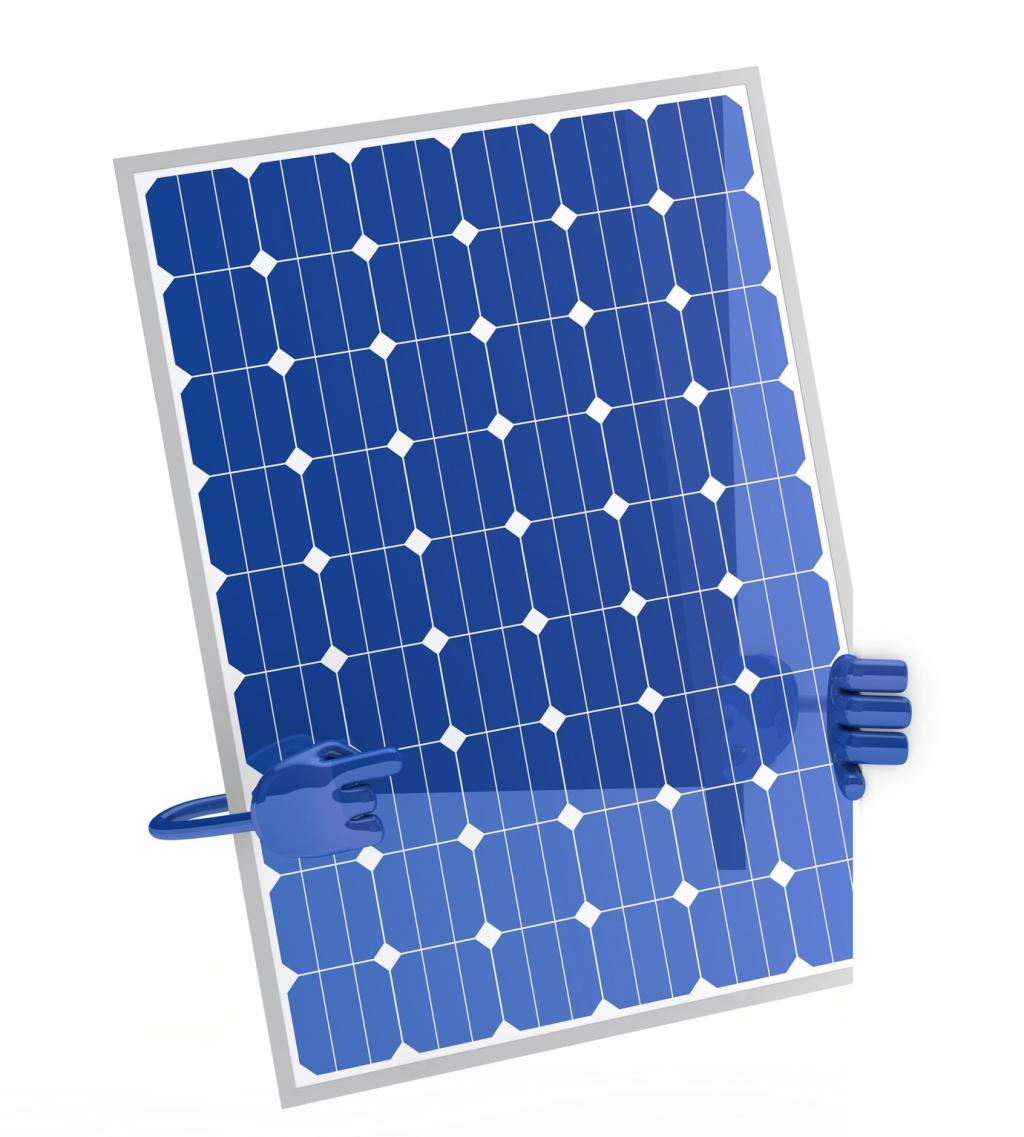
Renewable Materials for Space-Saving Furniture
Today’s chosen theme: Renewable Materials for Space-Saving Furniture. Explore how fast-growing fibers, reclaimed resources, and bio-based composites can help you live larger in smaller footprints—beautifully, sustainably, and with clever design. Subscribe for weekly insights and hands-on guides!

Why Renewable Materials Belong in Compact Homes
Bamboo matures in three to five years, cork regenerates without felling trees, and hemp thrives with minimal inputs. Together, they deliver strength, elasticity, and acoustic comfort—ideal for foldable, modular pieces in tight quarters.
Designing Space-Saving Pieces with Renewable Cores
Swap heavy particleboard for bamboo plywood or agricultural-fiber panels bound with formaldehyde‑free resins. You’ll reduce wall load, improve hinge longevity, and gain a quiet, stable sleep surface that tucks away in seconds.

Designing Space-Saving Pieces with Renewable Cores
Reclaimed oak tops with cork bumpers slide neatly under a taller companion. Finished in polymerized linseed oil, they resist rings, feel silky, and add storied character without adding bulk—perfect for flexible living rooms.

FSC and PEFC in Plain English
FSC and PEFC labels indicate wood sourced from responsibly managed forests. For compact homes, this means dense, stable panels that age gracefully without fueling deforestation, giving you beauty with a clean conscience.

Low-VOC Adhesives and Finishes
Choose waterborne adhesives, casein glues, and hardwax oils to minimize indoor air pollution. You’ll notice fewer chemical smells, faster curing, and a healthier microclimate—especially important when your kitchen, office, and bedroom coexist.


Durability, Repair, and End-of-Life
Design with standardized fasteners and replaceable panels. A damaged bamboo door should be swapped in minutes, not hours. Modularity keeps pieces relevant as rooms change, curbing waste and cost over their lifetime.
Durability, Repair, and End-of-Life
Miguel’s bamboo shelving rode three apartments and one cross‑country trip. A single chipped edge? Sanded smooth, refinished, and good as new. Renewable materials often refinish beautifully, rewarding a little weekend care.
DIY Guide: A Renewable, Space‑Savvy Entryway Bench
Use 18 mm bamboo ply for sides and top, 12 mm for dividers, and pocket screws for clean, reversible joints. A French cleat stabilizes against the wall while preserving precious floor area.


DIY Guide: A Renewable, Space‑Savvy Entryway Bench
Apply a thin coat of hardwax oil, buff, then repeat. Cork inlays under shoes absorb grit and dampen sound. Low‑VOC finishes keep entryways fresh, even when rainy boots pile up unexpectedly.
Real Homes, Real Numbers
Swapping a particleboard wardrobe for a bamboo-and-cork closet system cut material mass by 40% and improved airflow. The owner reports faster morning routines and easier seasonal rearrangements with zero creaks.
Join the Community and Shape the Conversation
01
Get practical breakdowns on bamboo cores, cork acoustics, hemp upholstery, and mycelium panels. We send one thoughtful email, no fluff—perfect for careful planners and spontaneous makers alike.
02
Struggling with a narrow hallway or an awkward alcove? Drop a question. We’ll prototype ideas, source renewable options, and feature your constraints in upcoming posts with measured, actionable suggestions.
03
Pick a single item—stool, shelf, or side table—and swap it for a renewable upgrade. Share before‑and‑after photos, costs, and comfort notes to inspire others on the same journey.
